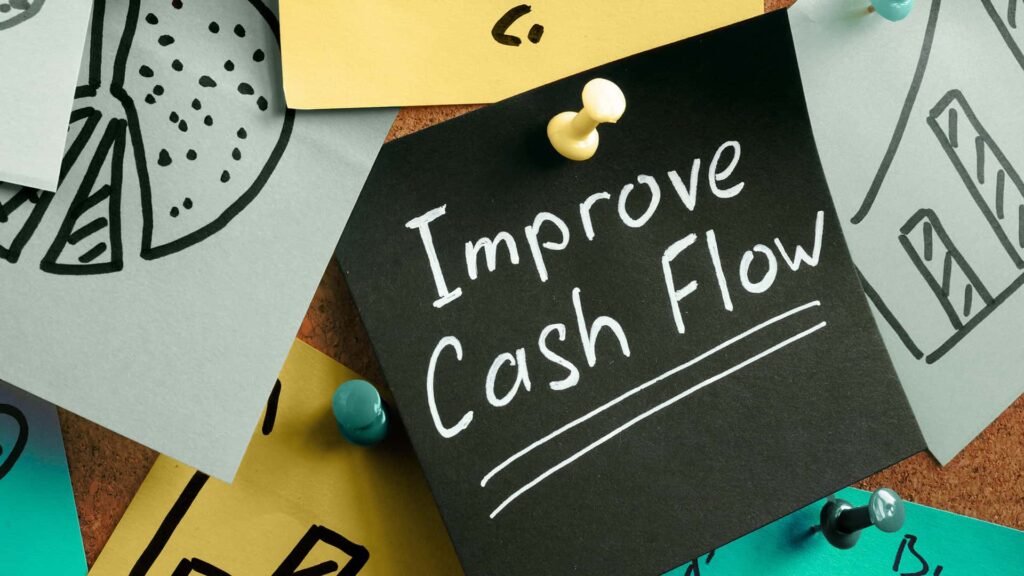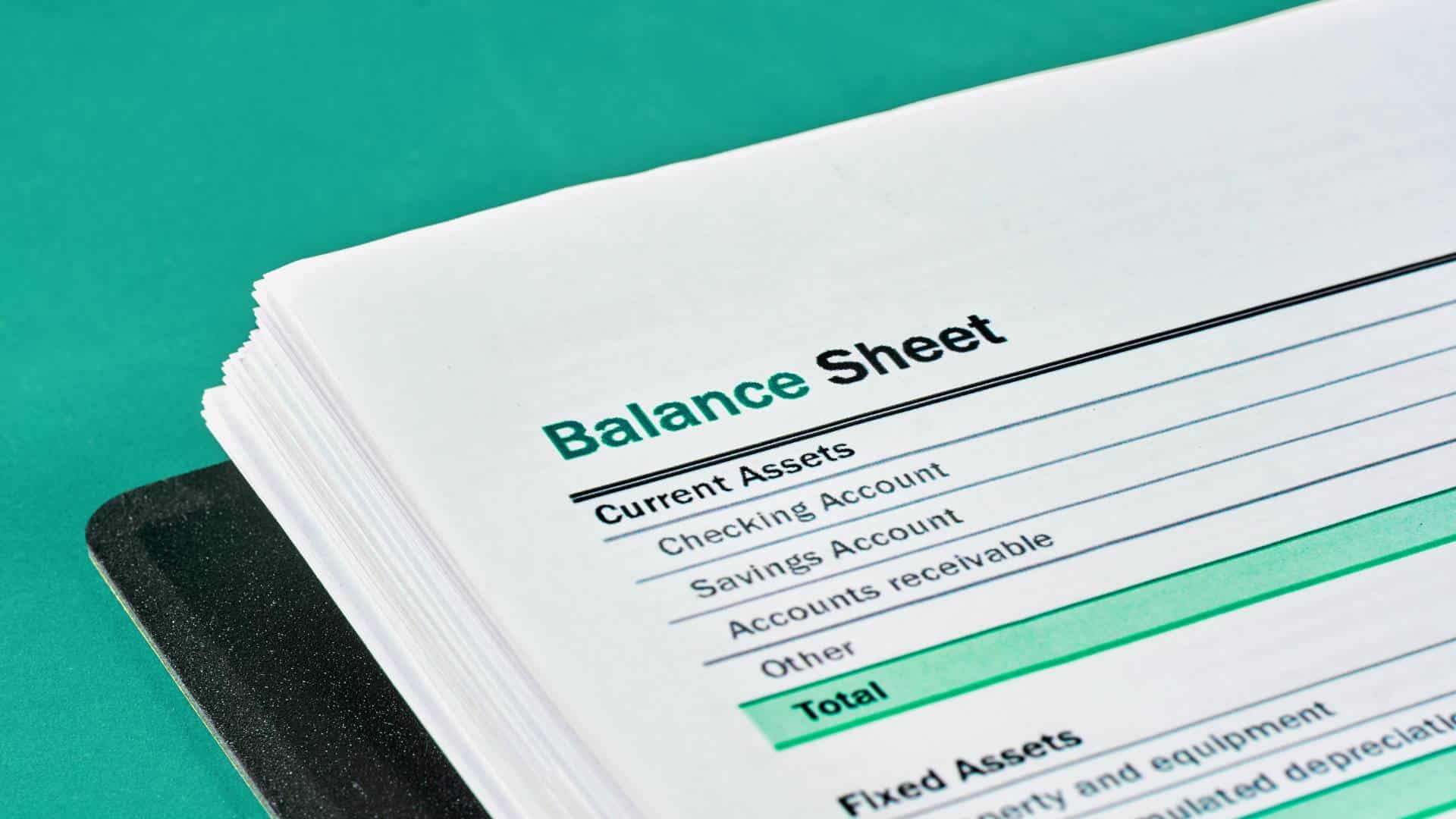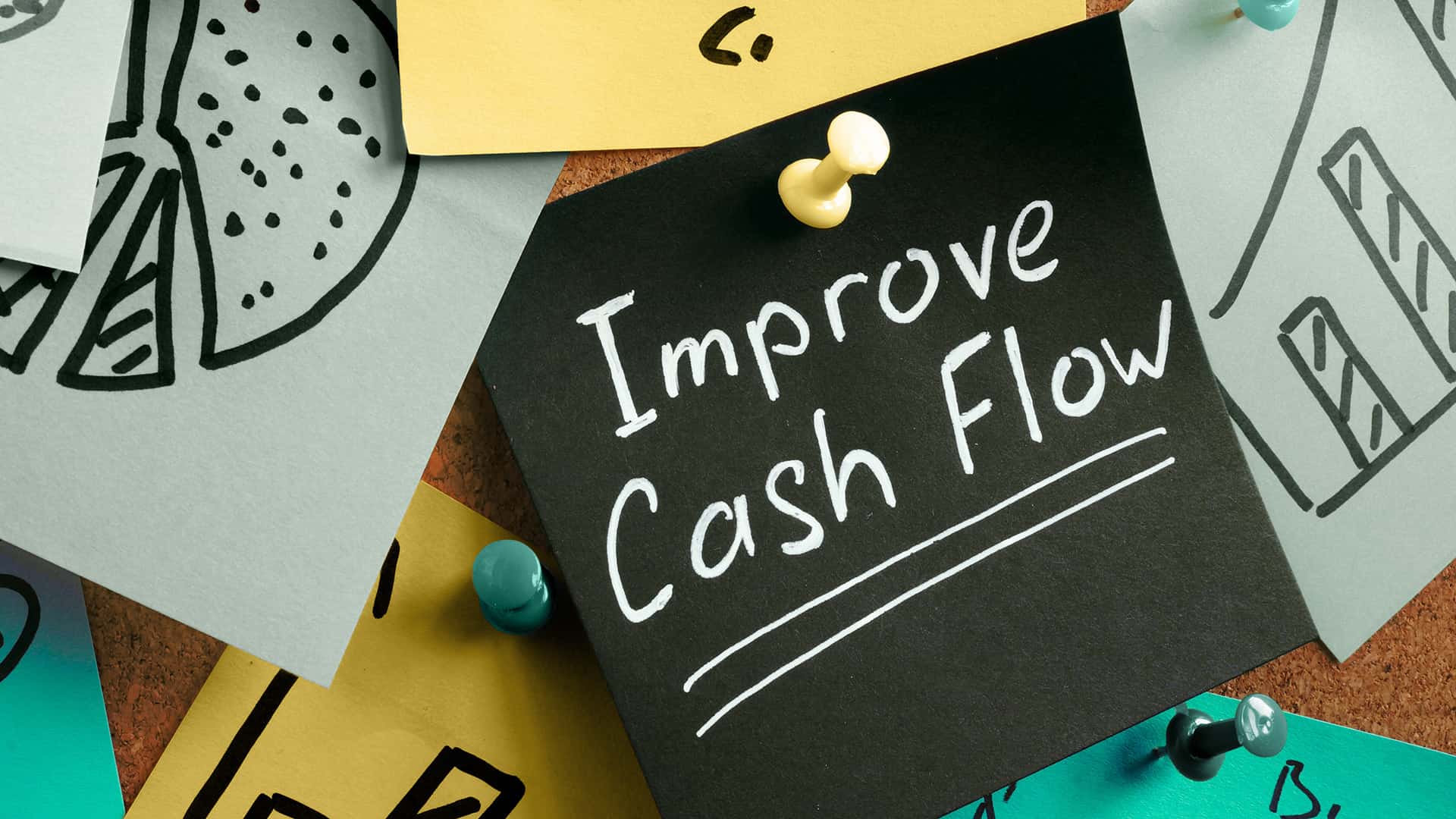My client, a mid-market PE firm, had a problem. The CFO at one of their portfolio companies (portcos) had resigned to take another opportunity, and the PE firm knew that recruiting a replacement could take six months. They needed someone to fill the role as interim CFO while the search for a permanent CFO was underway. So they engaged me. Problem solved.
Except that wasn’t the only problem.
Their portco (an IT system integrator/managed services provider) had grown revenue, via acquisition, over a five-year hold period, but EBITDA had not grown. The portco had a list of initiatives to improve financial performance that somehow got stuck. On my first day, I was given a list of these projects in the hope I could make progress while doing “regular CFO stuff.”
One item on the list? Short-term cash forecasting. My contact at the PE firm told me, “We’ve been dissatisfied with the company’s past attempts to project short-term cash flow. From time to time there are surprise borrowings on the line of credit.” That seemed like a good place to start.
First Steps: Figuring Out the Forecast
I started working on the short-term cash forecast with the finance team on my second day. The method they’d been using up to that point was rudimentary. I didn’t blame them. They were never given any guidance or framework. So I said, “Let’s start with what we know.”
We had some good raw materials:
- An accounts receivable aging that was up to date, and no customer concentration, so we could make reasonable assumptions about when the portfolio of receivables would be collected.
- An AP aging and a historical record of how the company typically paid suppliers relative to the due date.
- Bookings data to estimate future sales.
We could also make reasonable assumptions about investments in inventory, debt service, and payroll.
From all these inputs, I derived a 13-week cash forecast.
The Not-Very-Good News
The results were disconcerting. We would need to draw on the line of credit, and that would mean our combined debt balances were perilously close to the maximum amount permitted by our lenders given our profitability level.
And profitability was under threat. As Q3 neared, revenue deteriorated (a major OEM represented by the company was nearing bankruptcy, and customers delayed or canceled orders), and an accounting error was corrected from earlier in the year, negatively affecting EBITDA. We had to warn our lenders of imminent default.
But in the restructuring period that followed, at least we had a tool to help us manage cash flow. I updated the forecast weekly and it helped us to navigate the very sensitive restructuring period that followed.
About six months later, following restructuring of operations and stabilization of cash flow, we began a process to sell the company and use the proceeds to pay off debt. Three months later the sale closed. We deployed the proceeds to repay the lenders approximately 75% of what they were owed. The investors, including the PE firm, the founder, and members of the executive team were forced to write off 100% of their equity investment.
How Can You Avoid This Crisis?
Failure has many fathers, and there was no shortage of causes here. But if more early warning indicators had been put in place sooner, perhaps management could have taken action to build a liquidity cushion when the possibility of revenue deterioration appeared on the horizon. These actions would have likely included:
- Improving collections
- Shedding unprofitable customers and lines of business
- Pricing analysis
- Deferring capital expenditures
- Delaying hires
Stay tuned for a future edition, which will show what a 13-week cash forecast actually looks like – as well as a cool technique you can use to measure forecast accuracy.
Have cash flow concerns that you need to address now? Interested in incorporating the weekly cash forecast in your business? Book a free consultation with our team.








